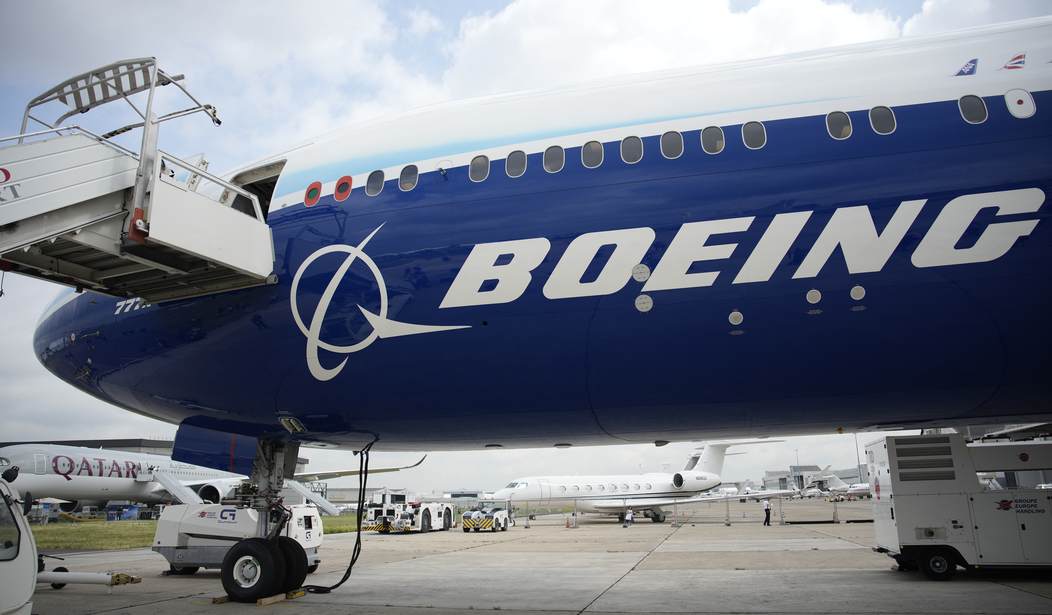It has now been over a month since 33,000 local members of the International Association of Machinists launched a strike against Boeing in the Pacific Northwest. Ongoing negotiations have yet to produce a deal, and as feared, the consequences have been severe.
Analysts estimate that the strike has already cost Boeing more than $5 billion and its suppliers nearly $1 billion. After the first twenty days of the strike, regional economic loss amounted to $1.65 billion – and the strike is soon entering its sixth week.
The local IAM’s leader, John Holden, did not even bring Boeing’s latest offer to a vote. The offer included a $6,000 ratification bonus and a 30% pay raise over four years. Not to mention, Boeing proposed a competitive enhancement to employees' 401(k) accounts, which were already best in class. The new proposal agreed to match 100% of the first 8% contributed by employees, along with an automatic 4% company contribution. And now, just last week, Boeing announced planned layoffs of 10% of its workforce, notably excluding the local IAM employees. That is a reduction of 17,000 aerospace employees at a time when the U.S. should be growing its manufacturing workforce and strengthening American industry.
This strike also has a direct impact on the defense industrial base. Russia persists in its war of aggression against Ukraine. China continues provocations against American allies and interests in the South China Sea. Both countries have ramped up military activity near our Alaskan border. And the Israel-Hamas war is deteriorating into a broader, Iran-backed regional conflict. Now is the time to flex American industrial might, strengthen our economy, and provide the platforms to deter or win these conflicts.
Recommended
At Boeing’s sites in Washington, work has ground to a complete halt. Airlines are not receiving their orders, and the Department of Defense isn’t either. Production has stopped on platforms vital to the U.S. military and those of our international partners.
The P-8 is one such platform. Built as a military, commercial derivative of a 737 NG airplane, the P-8 is the U.S. Navy’s maritime patrol and reconnaissance aircraft – a leader in anti-submarine and anti-surface warfare, search and rescue operations, and intelligence collection and surveillance. It has proven invaluable in the Pacific and across the world; several of our allies, including Australia, the United Kingdom, and Norway, operate P-8s, and Germany, South Korea, and Canada are all in line for their own. However, without a hot production line, these partners are forced to wait for this crucial platform even though time is not on their side.
The E-7, built on the stalled 737 lines, is the U.S. Air Force’s replacement for aging Cold War-era E-3s. The E-7 provides airborne early warning and is a command-and-control hub in the sky. Currently used by four partners, NATO is also interested in purchasing the platform. In February, Russia’s war in Ukraine will hit its three-year mark – time is of the essence when it comes to adequately equipping European air forces.
Finally, the KC-46 tanker is a militarized, multi-mission 767, providing aerial refueling to U.S. military aircraft and serving as a powerful force multiplier. KC-46 aircraft are also slated for delivery to Israel in 2025, at a critical time calling for additional deterrence against Iran. Without aerospace workers, however, KC-46s are stuck outside Seattle, far from the battlefields of the Middle East.
Foreign adversaries are looking for signs of American military weakness, and foreign manufacturers are looking for ways to exploit gaps in American industry. The U.S. cannot afford a work stoppage from a vital defense contractor, nor can it afford the job losses and weakening of the supply base that an extended strike will cause. Both sides must return to the negotiating table as soon as possible, remembering that national security is on the line.



















Join the conversation as a VIP Member